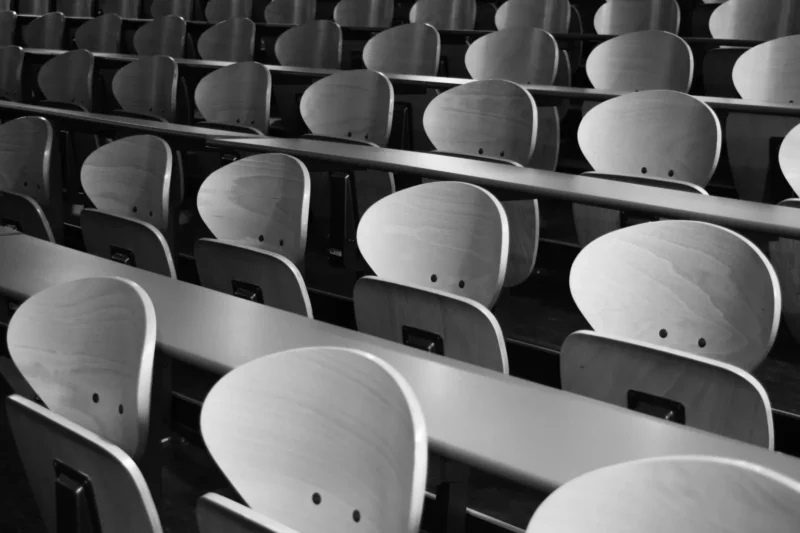7 Facts About Modern School Segregation
Share
Explore Our Galleries
Breaking News!
Today's news and culture by Black and other reporters in the Black and mainstream media.
Ways to Support ABHM?
By Aziah Siid, Word in Black
With 23% of Black students attending schools that are more than three-quarters Black, modern-day school segregation is real.

Here’s what you probably know about school segregation in the United States: On May 17, 1954, the United States Supreme Court ruled unanimously that racially segregated public schools were unconstitutional in the Brown v. Board of Education case.
Many cities across the Jim Crow South refused to comply with the ruling, and so six years later, on Nov. 14, 1960, a brave 6-year-old girl named Ruby Bridges needed U.S. marshals to escort her to her first day of class at all-white William Frantz Elementary School in New Orleans. At the same time, 6-year-olds Gail Etienne, Tessie Prevost, and Leona Tate integrated nearby McDonogh 19 Elementary School.
Norman Rockwell immortalized Bridges being escorted into the school in his famous 1964 painting, “The Problem We All Live With.” In the decades since, de jure segregation mandated by law has disappeared, but de facto segregation — what actually happens in practice — persists, and it continues to impact Black students today. How? Well, here’s what you may not know about modern-day school segregation.
1. Not much has happened since the 1970s.
Experts at The Civil Rights Project at UCLA say school desegregation “peaked in 1988,” and there have been no major legal or policy advances since that time. It’s been almost 70 years since the high court struck down the“separate but equal” doctrine, but as researchers Gary Orfield and Danielle Jarvie wrote in a recent report, the legal effort to integrate schools has been abandoned and led to increased “isolation of Black students in all sectors of American education.” They go on to note that “New policies are needed, and legislation recently passed by the House of Representatives, the Strength in Diversity Act, could be a positive beginning.”
Siid’s article continues with six more points.









Comments Are Welcome
Note: We moderate submissions in order to create a space for meaningful dialogue, a space where museum visitors – adults and youth –– can exchange informed, thoughtful, and relevant comments that add value to our exhibits.
Racial slurs, personal attacks, obscenity, profanity, and SHOUTING do not meet the above standard. Such comments are posted in the exhibit Hateful Speech. Commercial promotions, impersonations, and incoherent comments likewise fail to meet our goals, so will not be posted. Submissions longer than 120 words will be shortened.
See our full Comments Policy here.